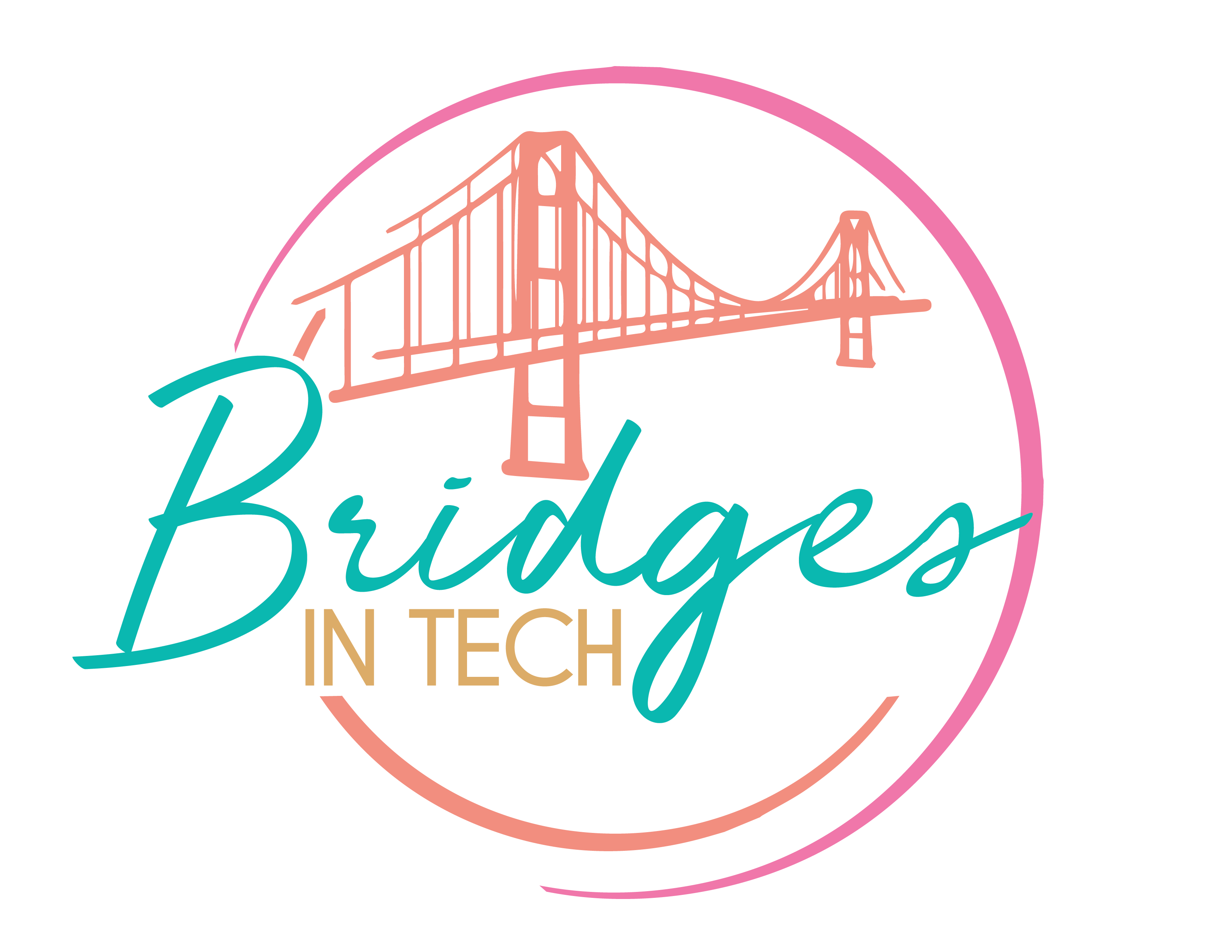User Experience (UX) and User Interface (UI) design are closely related disciplines that focus on creating enjoyable, efficient, and accessible experiences for users interacting with digital products. UX design is concerned with understanding user needs, defining user flows, and creating wireframes and prototypes to optimize the overall experience. UI design focuses on the visual aspects of a product, including typography, color schemes, and the layout of interactive elements.
Job Titles
- UX Designer
- UI Designer
- UX/UI Designer
- Interaction Designer
- Product Designer
- Visual Designer
- UX Researcher
- UX Architect
Required Skills
Design principles: Knowledge of fundamental design principles, such as balance, hierarchy, and consistency.
User-centered design: Understanding of user-centered design methodologies, including user research, personas, and user testing.
Wireframing and prototyping: Ability to create low-fidelity wireframes and high-fidelity prototypes using tools like Sketch, Figma, or Adobe XD.
Visual design: Proficiency in graphic design tools, such as Adobe Illustrator and Photoshop, to create appealing visual interfaces.
Interaction design: Knowledge of how to design interactive elements, transitions, and animations that enhance the user experience.
Responsive design: Understanding of how to create designs that adapt to different screen sizes and device types.
Communication and collaboration: Strong written and verbal communication skills to effectively work with cross-functional teams, stakeholders, and users.
Pathway
High School Preparation
Most jobs require a high school diploma, if you are still in high school you could take the following courses:
- Art and Design
- Computer Science
- Graphic Design
- English and Communications
Undergraduate Degree
If getting an undergraduate degree is your goal consider the following:
- Bachelor of Arts (B.A.) or Bachelor of Science (B.S.) in Graphic Design
- B.A. or B.S. in Interaction Design
- B.A. or B.S. in Web Design and Development
- B.A. or B.S. in Human-Computer Interaction
- B.A. or B.S. in Computer Science with a focus on UX/UI design
Gain Experience and Develop Skills
Most people switching to this area often follow this path. Develop critical skills and gain experience through internships, freelance work, or personal projects. Key skills to focus on include:
- Design software (e.g., Adobe Creative Suite, Sketch, Figma, InVision)
- Wireframing and prototyping
- User research and usability testing
- Interaction design and information architecture
- Visual design principles (e.g., typography, color theory, layout)
- HTML, CSS, and basic JavaScript
- Design thinking and problem-solving
Build a Portfolio
Create a strong portfolio showcasing your UX/UI design projects. Include case studies that demonstrate your design process, from research to wireframing, prototyping, and final design. Your portfolio should reflect your skills, design style, and versatility.
Networking and Professional Development
Connect with other UX/UI designers and professionals by attending industry events, joining online communities, and participating in local meetups. Consider joining professional organizations, such as the Interaction Design Association (IxDA) or the User Experience Professionals Association (UXPA).
Pursue Professional Certifications (Optional)
Consider obtaining industry-recognized certifications to enhance your skills and credibility, such as:
- Certified Usability Analyst (CUA) from Human Factors International (HFI)
- UX Certification from the Nielsen Norman Group (NN/g)
Graduate Degree (Optional)
For those interested in more specialized roles or advanced research positions, consider pursuing a graduate degree in:
- Master of Science (M.S.) in Human-Computer Interaction
- M.S. in Interaction Design
- M.S. in Information Design and Strategy
Remember that the specific career path you choose will depend on your goals and interests.
Salary Range
$60,000 – $120,000 varies based on experience, location, and industry.
Work Setting
UX/UI designers typically work in a variety of settings, such as:
- Inhouse design teams within large corporations or smaller companies
- Design agencies or consultancies that provide UX/UI services to clients
- Freelance or contract-based work, collaborating with clients on a project-by-project basis
- Remote work, which has become increasingly common in the design industry
Industries
UX/UI designers can find opportunities across a wide range of industries, including:
- Technology and software development
- Ecommerce and retail
- Finance and banking
- Healthcare and medical services
- Entertainment and media
- Education and e-learning
- Travel and hospitality
FREE Resources
Nielsen Norman Group: Offers a wealth of articles, reports, and guidelines on various UX/UI topics, including usability, interaction design, and user research.
UX Design: A Medium publication featuring articles, case studies, and tutorials related to UX/UI design.
Coursera: Offers free online courses on UX/UI design, human-computer interaction, and related topics from top universities and institutions.
UX Collective: A community-driven platform that curates and publishes UX/UI design articles, resources, and events.
Awwwards: A showcase of outstanding web design, which can serve as inspiration for UX/UI designers seeking to create visually appealing and user-friendly interfaces.
Next Steps:
- Create a plan to start developing the required skills using the free resources provided
- Book a career strategy session to dive into your results and create an actionable plan
- Enroll in the 6 weeks Get Into Tech coaching program
Become a Bridges in Tech member for community, accountability and support
